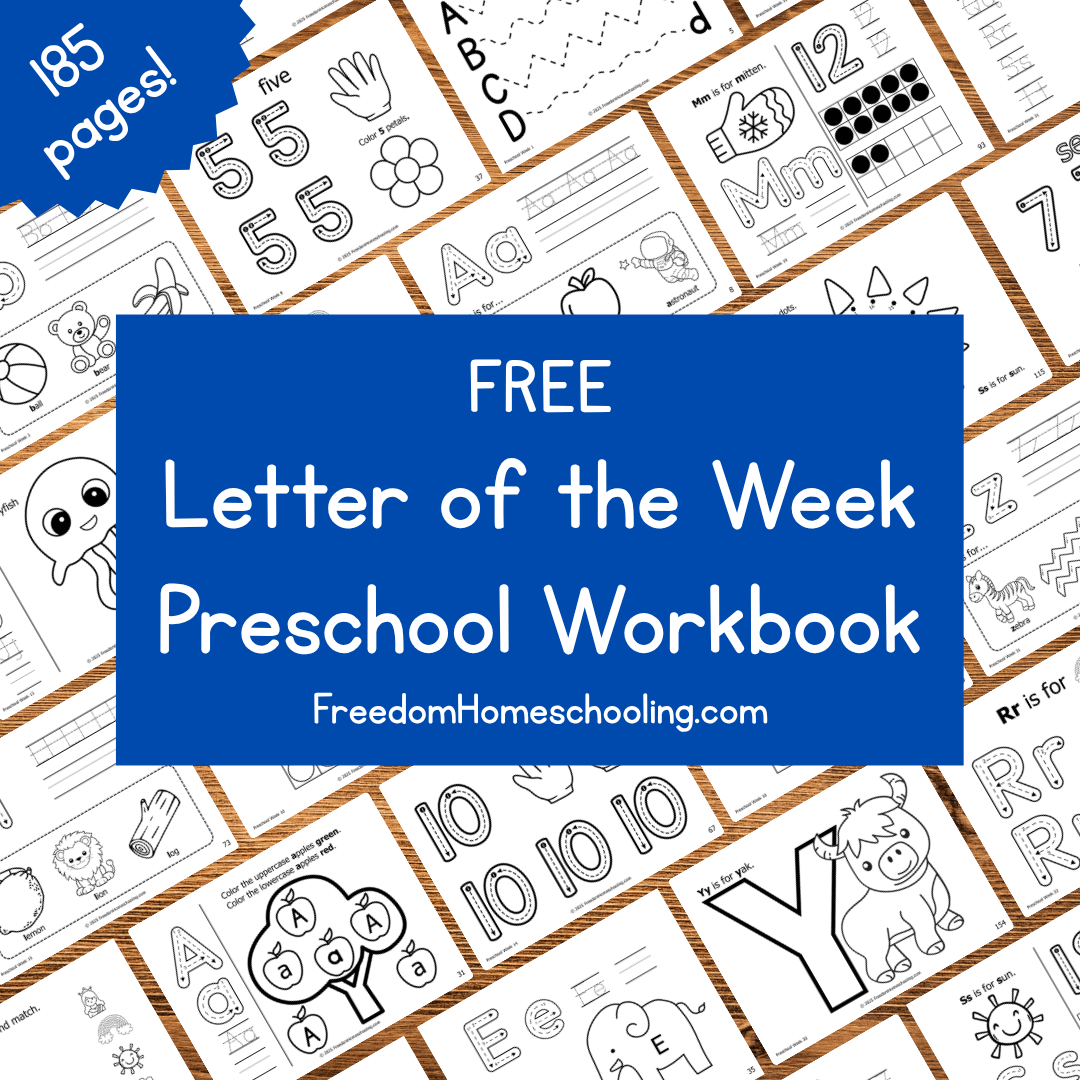Are you looking for quality readers for fifth grade? These vintage school readers, published in the late 1800s and early 1900s, are now in the public domain and free online. You’ll find well-known classics like McGuffey, Elson, and Treadwell, as well as many other lesser-known series. You may download the books for your child to read on a computer or tablet or print the books.
Why Choose Vintage Readers
Vintage readers offer beautiful classic literature, rich vocabulary, and charming illustrations. The stories are age-appropriate and typically encourage strong moral values. There’s also something special about reading a book that’s been used in schoolhouses and homes for over a hundred years. Perhaps your child’s grandparents or great-grandparents enjoyed some of these same readers when they were in school.
Free Fifth Grade Readers
The grade levels some of these vintage readers were intended for may not line up exactly with current grade-level expectations or your child’s reading level. So, in addition to the fifth grade readers listed below, I’d recommend taking a look at other grade levels, too. Our Vintage Graded Readers page includes readers for primer level through eighth grade.
Readers Published in the 1900s
These 5th grade readers were published between 1900 and 1924.
The American School Readers: Fifth Reader
Appletons’ School Readers: The Fifth Reader
The Carrol and Brooks Readers: A Reader for the Fifth Grade
Child Classics: The Fifth Reader
The Child’s World: Fifth Reader
Classics Old and New: A Fifth Reader
Everyday Classics Fifth Reader
The Golden Rule Series: The Golden Door Book
Graded Literature Readers: Fifth Book
Holton-Curry Readers: The Fifth Reader
The Horace Mann Readers: Fifth Reader
McGuffey’s New Fifth Eclectic Reader
The Metcalf-Call Readers: A Fifth Reader
The New Barnes Readers: Book Five
Reading With Expression: Fifth Reader
Treadwell’s Reading-Literature Series: The Fifth Reader
Readers Published in the 1800s
Most of these 5th grade readers were published in the late 1800s, though a few are from the mid 1800s.
Baldwin’s School Reading by Grades: Fifth Year
Chambers’s Narrative Series of Standard Reading Books: Book V
Classic Series: A Fifth Reader
McGuffey’s Fifth Eclectic Reader
McGuffey’s Alternate Fifth Reader
The Normal Course in Reading: Fifth Reader
Sanders’s School Reader: Fifth Book
Swinton’s Fifth Reader and Speaker
How to Teach Reading
The following excerpt from the introduction of The Metcalf-Call Fifth Reader (1912), co-written by Robert Metcalf and Arthur Call, recommends a three-prong approach to teaching reading.
While ends sought in good reading are, as has been said, force of appeal and beauty of form, the means for the attainment of these ends are three. There are three roads or methods which are to be followed, not successively or alternately, but simultaneously and from the beginning.
The first of these methods in the attainment of good reading is by awakening the pupil’s interest in the subject matter and in the imparting of the story to others, to make him want to read. When the pupil is eager to read, he is in a fair way to become a reader. When he wants to draw or paint or sing, he is in a fair way to succeed. It is the initiative born of this desire to express in a given art that develops into power of appeal and influence if the teacher can once awaken and foster it.
The second of the methods by which good reading may be secured is by model work, by placing before the mind of the pupil examples of good work in the particular art that is being studied. Such models furnish the pupil with both ideas and ideals. By means of them he sees higher types of excellence and is led to correct his own crude conceptions and to better his inadequate and faulty execution. He is surprised and pleased at the vast gamut of expression which is revealed to him by one whose work is far beyond his own. When he seeks to imitate he is filled with delight to discover that he can do so in large measure, and the heightened level of his work increases his pleasure and stimulates his ambition.
The third method by which good results must be sought in reading, as in any art, is through the carefully selected and unremitting drills which establish good habits and secure facility and certainty in execution. It is not enough to want to draw a circle. Nor to this desire is it enough to add, through models, the picture of the true circle. Essential as are both of these, the pupil is still unable to execute the drawing with accuracy unless, through drill, he has also acquired the needed training of eye and hand. Desire furnishes the motive power, model work elevates the idea into an ideal; it is the drill that enables one to externalize his ideal.
Time-Tested Texts
Vintage readers offer more than just stories. They help build a strong vocabulary and often teach important lessons and values. What makes them truly special is their long history. Families have loved them for generations. So, while browsing the internet for free homeschool resources, don’t overlook these gems. Whether it’s the familiar tales or the charming illustrations accompanying them, these vintage readers are a treasure trove waiting to be rediscovered.
More Resources for 5th Grade
- Free 5th Grade Christian Homeschool Curriculum
- 5th Grade Reading List With Free Lessons for Each Book
- Our Free & Frugal 5th Grade Curriculum Picks
- Free Reading and Literature Curriculum
Note: This post was originally published on November 12, 2021, and has been updated for accuracy and comprehensiveness.
Our Blog
At the Freedom Homeschooling Blog, you'll find homeschool resources and information, tips for homeschooling on a budget, encouragement, and more! Please follow us on Facebook, Pinterest, and Instagram.







